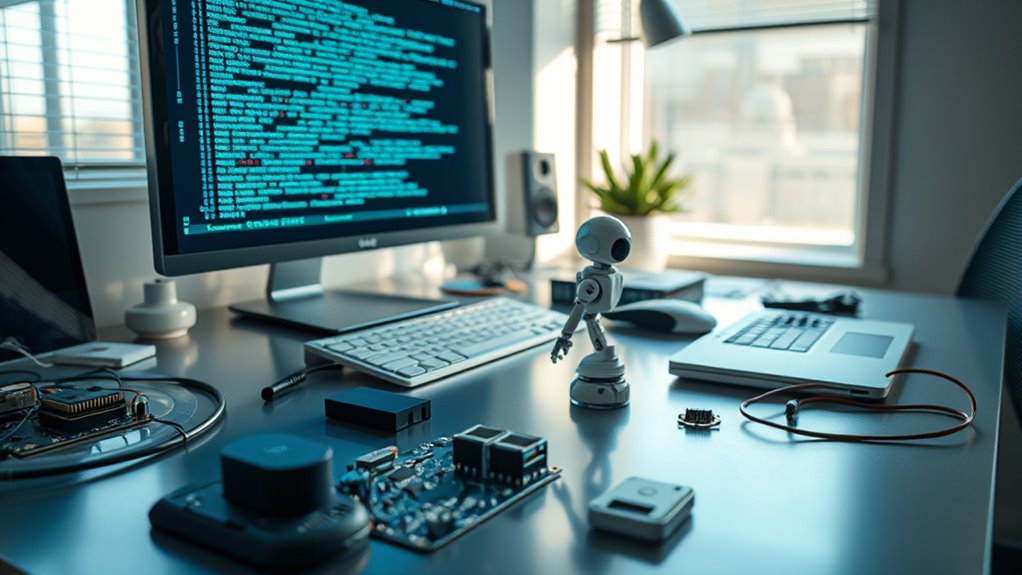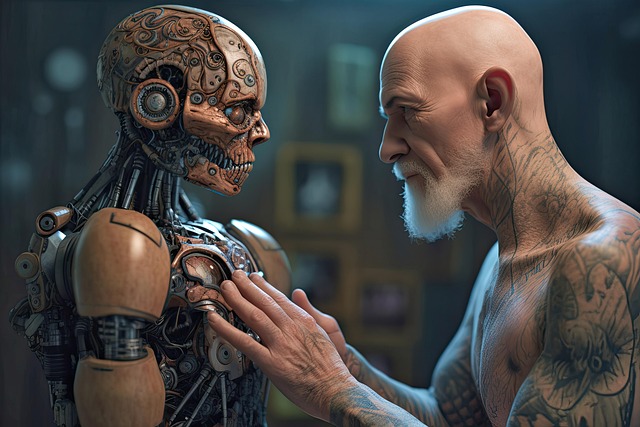While technology continues to advance at a rapid pace, creating an AI assistant has become a fascinating project for many developers and companies. They’re diving into a world where machines can help with everyday tasks. The process starts with figuring out the purpose of the AI. Developers must decide what problems it’ll solve. They pick a platform to build on and gather significant information to guide their work. Then, they map out how the AI should work and think about ethical rules to keep data safe and fair. Custom AI assistants can also save time by storing prompts for repeated tasks, enhancing productivity with minimal effort streamlining routine processes.
Next, collecting data is a big step. Teams gather different kinds of info, like customer chats or product lists, from various sources such as records and documents. They clean this data to make certain it’s accurate. They also tweak it to help the AI learn better. Protecting this info is key, especially in areas with strict rules. Developers put strong security measures in place to keep sensitive details safe from harm. This step is crucial as AI assistants often handle sensitive data, requiring compliance with regulations like HIPAA standards.
Collecting data is crucial for AI development. Teams gather and refine info, ensuring accuracy and security to protect sensitive details from risks.
After that, it’s time to train the AI model. They pick a model that fits the needs and use the prepared data to teach it. The AI learns to spot patterns and understand what users want. It’s built to give the right answers based on those patterns. Teams check the model often to make certain it’s correct and fair. They use diverse data to stop any unfair bias from creeping in. Additionally, developers refine the AI by testing it with real user interactions to ensure it meets expectations real user interactions.
Designing how users interact with the AI is also vital. The focus is on making it easy and friendly for everyone. The interface must be simple across different devices. Clear, basic language helps users understand. The AI should work on many channels and adapt to each person’s needs for a personal touch.
Finally, testing and launching the AI takes careful work. Developers test it on new data and in fake settings to catch any issues. They listen to user feedback to fix problems. Once ready, they put the AI on platforms like apps or websites. They connect it to existing systems and guarantee it works smoothly everywhere. Strong security keeps everything protected during this rollout.









